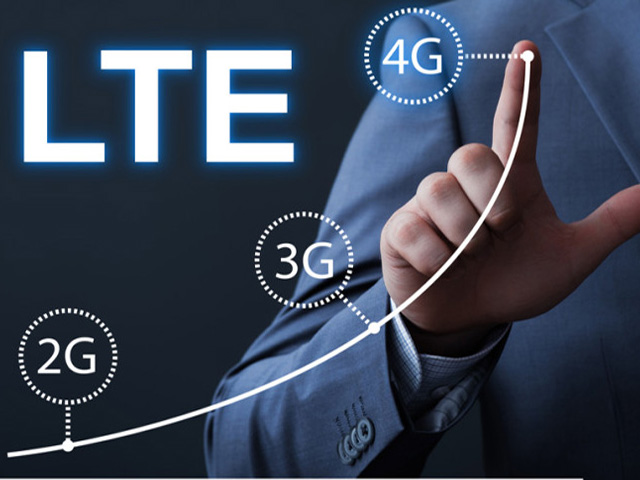-
عناوین مقاله
Two-way communication
TD-LTE Benefits
When we are thinking about choosing of a new high-speed Internetinternet service for our house or office, or we are tired of our ADSL service issues, the most critical question we’ll have in mind is What is the best high-speed broadband service? Or, which high-speed internet service should I choose for my home or office? Its safe to say that the TD-LTE is the best answer to these questions. We will introduce you to this technology in this article.
After the internet Dial-Up era, ADSL internet services were deployed for high-speed internet access. But with the increase in the number of users who use these services, their limitations were gradually revealed. There are issues such as the lack of a port for service assignment or the dependence of the service to a telephone line.
With the advancement of mobile networks and increased emphasis on delivering faster and more reliable data services, new options were provided to users. With the move of 3G networks to 4G, which focuses precisely on this matter, LTE technology was introduced. This standard, developed by 3GPP (3rd Generation Partnership Project), is actually a faster technology in mobile communication field. LTE that stands for Long Term Evolution is the standard that is considered by 3GPP as its long-term solution for improving data communications speeds.
Two-way communication
The LTE standard uses two different techniques to establish a two-way communication (Duplexing). The first technique, FDD (Frequency Division Duplexing), uses two separate frequency bands for sending (Uplink) and receiving (Downlink) information. On the other hand, TDD (Time Division Duplexing) relies on a single frequency band for both of these purposes, which allocates it to sending or receiving data at time intervals.
Using the time division of a frequency spectrum provides the ability to allocate capacity dynamically for TD-LTE. In simple language, TD-LTE can control the amount of time allocated to each of the Uplink and Downlink currents, as needed. In this way, the ability to manage dynamic capacity is provided to transfer information in each of these flows, which provides significant flexibility for this technique.
Utilizing a single frequency spectrum and also allocating dynamic capacities, makes TD-LTE an extremely cost-effective option to meet with the growth of user demand for bandwidth and traffic.
TD-LTE Benefits
The above features make TD-LTE able to provide the following benefits:
– Capacity increase and cost reduction. Given the high data rates and significant capacity for data transfer, this technology not only enhances user experience but also reduces operator’s costs.
– Utilizing a relatively simple architecture that makes implementing and using it faster, easier and more cost-effective.
– The flexibility of the frequency spectrum. TD-LTE works on a variety of frequency spectra, with bandwidths up to 200 MHz. The large size of the spectrum blocks allows for easier switching, greater capacity and higher data rates for the user.
– Dynamic allocation the capacity available to Uplink or Downlink streams provides the best conditions for using available bandwidth according to the user’s needs, which will result in a better user experience.
Sometimes operators use both FDD and TDD techniques to serve mobile and home/office users separately. In this way, the Interference between the various services is minimized, and each of these groups can have a higher quality of service.
All of these benefits allowed TD-LTE to easily surpass its main competitor in the field of wireless internet services for home/office users, WiMAX. At the same time, ease of launch, high availability rates and cost-effective and comparable costs have led many ADSL service users to move towards TD-LTE, as they will no longer be involved with the common problems with these services.


